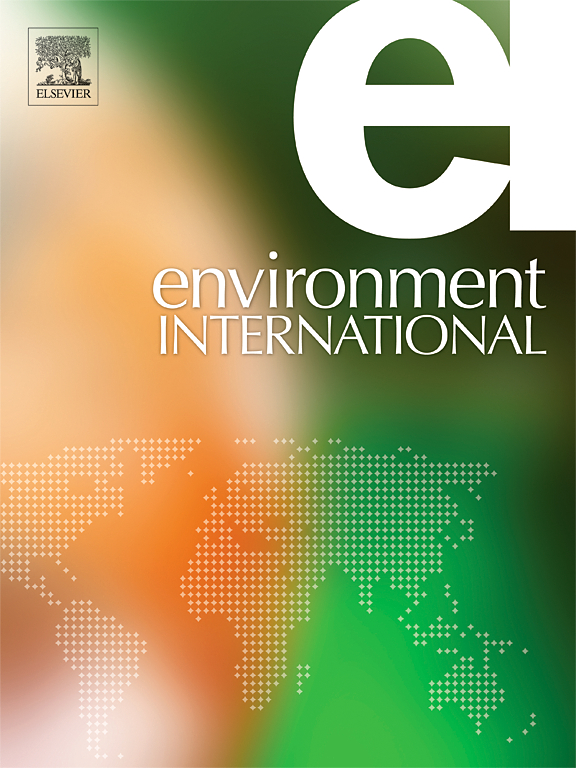GRADE guidance 40: The GRADE evidence-to-decision framework for environmental and occupational health
IF 10.3
1区 环境科学与生态学
Q1 ENVIRONMENTAL SCIENCES
引用次数: 0
Abstract
Objective
To provide guidance for the use of the Grading of Recommendations Assessment, Development and Evaluation (GRADE) Evidence-to-Decision (EtD) framework for environmental and occupational health (EOH).Study design and setting
We conducted a systematic review and narrative synthesis of published and public EOH decision frameworks, followed by a modified Delphi process leading to development of a draft GRADE EtD framework for EOH. We pilot tested the provisional framework through a virtual workshop series, which further informed guidance for the framework’s application. We presented a summary of the results to all attendees of the GRADE Working Group meeting for feedback in July 2022 and November 2022, and for approval in May 2023.Results
Consistent with existing GRADE EtD frameworks, the EtD framework for EOH includes a scoping and contextualization process and twelve assessment criteria. Modifications to the existing EtD frameworks include: consideration of the socio-political context when making judgments about the priority of the problem and feasibility of different alternatives; the addition of timing when making judgments about benefits and harms, the balance of effects, and feasibility; broadening of the equity criterion to include considerations beyond health equity; and more explicit accommodation of variable or conflicting stakeholder views when considering values and acceptability. The new EtD framework is also accompanied by a user guide intended to support its implementation in the EOH context.Conclusion
Policymakers, regulators, and other stakeholders may use this GRADE EtD framework to approach decision-making about environmental and occupational exposures and interventions.求助全文
约1分钟内获得全文
求助全文
来源期刊

Environment International
环境科学-环境科学
CiteScore
21.90
自引率
3.40%
发文量
734
审稿时长
2.8 months
期刊介绍:
Environmental Health publishes manuscripts focusing on critical aspects of environmental and occupational medicine, including studies in toxicology and epidemiology, to illuminate the human health implications of exposure to environmental hazards. The journal adopts an open-access model and practices open peer review.
It caters to scientists and practitioners across all environmental science domains, directly or indirectly impacting human health and well-being. With a commitment to enhancing the prevention of environmentally-related health risks, Environmental Health serves as a public health journal for the community and scientists engaged in matters of public health significance concerning the environment.
 求助内容:
求助内容: 应助结果提醒方式:
应助结果提醒方式:


